MARKET OVERVIEW
The Global Holter ECG Market will continue to grow out of the traditional ways of diagnosis into new opportunities lying ahead in the medical devices industry. Historically oriented toward outpatient cardiac monitoring, this segment will broaden its influence into hybrid areas falling at the intersection of technology, data analytics, and preventive care. Once having marketed itself to clinicians as an entity for detecting arrhythmias with respect to tiny wearable devices, it will gradually position itself as a backbone to the integrated cardiovascular health solution. Therefore, the change in Holter ECG device technology will not just be a straightforward response to clinical demands, but an industry standard in continuous monitoring from a clinical standpoint as well as one in the realm of non-clinical applications.
An equally far-reaching stride into personalized care will characterize the conduct of the market towards different tendencies. As data from the patients will play an important role in making clinical decisions, there will be more changes in Holter ECG devices that will empower patients to demand real-time insights into their health. With long monitoring and improved signal accuracy, these devices will provide a basic layer of cardiac surveillance, and the integration of mobile platforms will be seamless. In a departure from the old days when data were transmitted to clinics, there will now be a feedback loop between patients and providers to enable early intervention and modify therapeutic pathways.
Patients will thus remain monitored beyond the confines of the hospital environment. This change will, therefore, compel Global Holter ECG Market manufacturers to think of lighter, more intelligent, and even user-friendly systems. Recording devices will do much more than that; they will rather play the role of friendly intelligent entities capable of interpreting the data and providing preliminary analysis to some extent, thus averting much dependency on intermittent clinical evaluation. These devices will find application well beyond urban clinics-in geriatric care homes, rural outreach programs, and even sports health centers.
AI and cloud computing will significantly help reshape the Global Holter ECG Market. When combined with exhaustive patient datasets, Holter data will feed into highly specific diagnostic algorithms capable of discerning a cardiac trend perhaps not identified by naked-eye human analysis. These sorts of integrations ensure that the market will not operate in isolation anymore, becoming the centerpiece of a network-supported healthcare endeavor. Predictive modeling that forecasts cardiac episodes and prompts preventive interventions such as lifestyle or therapeutic alterations will be set up.
In addition, payers and health policy planners will begin viewing Holter ECG usage as a proactive tool, and not a reactive one. The alteration in reimbursement structure will encourage systems to start utilizing such monitoring even earlier in the diagnosis.
Global Holter ECG market is estimated to reach $758,340.50 Million by 2032; growing at a CAGR of 6.2% from 2025 to 2032.
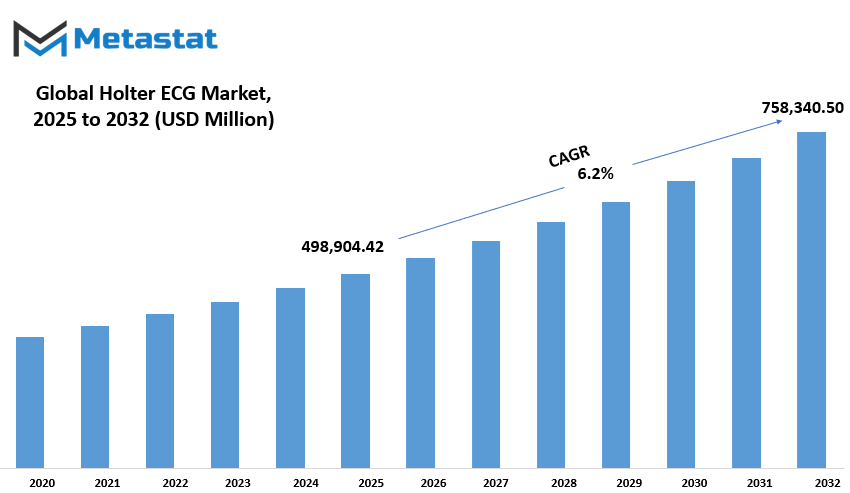
GROWTH FACTORS
The Global Holter ECG Market is anticipated to witness steady growth due to a few major contributing factors. One major factor is the rise in the heart disease-related population. As the heart-related complications take a considerable toll on world populations, the need for better instruments to monitor and manage the churn is escalating. Holter ECG bears the essence in monitoring heart activity for a prolonged period, indicating the condition of a patient's heart to the physician. This helps in diagnosing arrhythmias or other hidden conditions that a standard ECG might miss.
Another facilitator for market growth is technology. Advancements in Holter monitoring technology have transformed diagnostic, research and therapeutic paradigms. The newer breed is lighter, more accurate, and simpler to operate. Upgrades have made it such that the patients can wear the devices for longer periods in comfort, thus giving health care providers the truly accurate data they need. This, in turn, makes room for faster and much better treatment decisions with the ongoing technological advances.
However, there are obstacles that could act as hindrances to the marketing environment despite these advantages. High costs of Holter monitoring equipment constitute one of such obstacles. The acquisition costs for these devices could be outrageously expensive for many small hospitals or for those in low-income areas. This, therefore, limits access to technology, especially in those areas that would very much stand to benefit from it. Another issue is the limited reimbursement by most insurance companies. A lot of patients would be discouraged from using Holter monitoring equipment because they would not at all be reimbursed for it.
In spite of these setbacks, the future for Holter ECGs looks bright. Remote patient monitoring is gaining traction and brings new opportunities. These technologies permit follow-up of patient data from a distance, particularly useful in the case of patients who live far away from health check-up centers or have difficulty traveling to them. So, it is likely that a larger share of Holter ECG will become incorporated into patient care as more healthcare systems embrace remote monitoring technology. The market is further set to grow thanks to endeavors in the improvement of accessibility and cost reduction, in years to come, thereby offering greater assistance to people with heart disorders.
MARKET SEGMENTATION
By Device Type
Holter ECG is one of the global markets in the healthcare industry that monitors prolonged heart activity. The market is mostly divided into two main types based on the type of device used: Wired Holter Monitors and Wireless Holter Monitors. Wired Holter Monitors command a very large part of the respective market, valued at $312,639.50 million. These devices have been around for a number of years and are still preferred by clinicians. They record the electrical activity of the heart continuously via electrodes attached to the skin of the chest of a patient. The wired configuration is considered stable: the quality of monitoring is paramount especially in patients with heart conditions that invoke such detail over long periods of observation.
The market is dominated largely by wired Holter systems, which have been used for a long time. Wireless Holter monitors have become popular lately because of their advanced features, convenient healthcare demand, and amon walze sort. These monitors provide much the same function as wired monitors, but can send data wirelessly, making the use more convenient for patients and healthcare providers alike. They are more comfortable for the patients, as there are no wires to hinder their movements while they continue with daily life. Besides, wireless transfer would allow real-time acts to be conducted at the time of the event; sometimes, time is crucial for the intervention of life.
Meanwhile, as the market grows, so do the improvements in both types. Wired ones, however, continue to be the majority as far as their reliability and trust of healthcare practitioners' view are concerned. The wireless wonder, however, has its own attractions. Mobility, ease-of-use, and real-time data monitoring essentially help with the patient-centric and technology-driven trends in healthcare. With the increasing focus of healthcare systems worldwide on making things easier for patients and remote monitoring options, wireless monitors can expect to commandeer a more substantial share of the market in the years to come.
Advancement in technology and increased demand for efficient and comfort-oriented heart monitoring solutions have fueled the evolution of the Global Holter ECG Market. The burgeoning requirement for wired and wireless Holter monitors will preserve the momentum for advanced, patient-friendly monitoring gadgets that assure high-quality care. The segmentations of these devices, such as a huge value of wired monitors at $312,639.50 million, indicate the significant presence of either type in the market, and henceforth more growth in the healthcare industry in the future.
By Lead Type
The global Holter ECG market is characterized by segmentation based on lead types for particular types of heart activity monitoring over time. These lead types thus include classification under Patch Type 1 Lead Holter Monitor; 3 Lead Holter Monitor; 6 Lead Holter Monitor; 12 Lead Holter Monitor; and other form factors.
The Patch Type 1 Lead Holter Monitor has been designed for easy application; it is normally in the form of a small adhesive patch that virtually puts the heart recording on an uninterrupted mode for a certain period of time. This monitor is especially highly compatible with patients needing portable long-term monitoring since it can be practically worn beneath clothing for normal daily activities. The 3 Lead Holter Monitor is usually best used for monitoring patients with still uncomplicated heart disorders; it is suited with three electrodes placed on the chest and is usually used in disorders where short-term monitoring or routine surveillance tasks would give quality information on the heart rhythm and electrical activity.
The 6 Lead Holter monitor records six leads, allowing more consideration of the heart's electrical activities. This monitor is typically for someone who may present moderate risk for coronary events or for those needing extensive cardiac records over a longer time frame. It's also for those who require further information about their heart behavior such as an irregularity or arrhythmia that may go undetected on fewer leads. The 12 Lead Holter Monitor, on the other hand, is one kind of monitor that is very advanced and is popularly used to visualize everything in heart activity. The twelve electrodes give maximal accurate and detailed information that is subsequently used in the identification and monitoring of complicated heart conditions. It is usually administered in hospital and clinical settings for patients who have cardiac suspicion, or patients recovering on sections of heart intervention.
There are still other types of Holter monitors with various lead configurations for varying medical needs or patient preferences. These monitors are available for use in ranges from simple to advanced, giving flexibility and adaptability for different medical situations.
In conclusion, the choice of Holter monitor is to a large extent a function of the patient's condition and the detail required in monitoring the heart activity. The different lead types are intended for unique purposes to keep all providers equipped to perform the necessary assessment of cardiac health and diagnosis. As markets for Holter ECG continue to grow, there are chances that these monitoring devices could become even more available at lower costs or be effective for monitoring patients, thus improving the patient's prognosis worldwide.
By Application
A global market that has massive health-care investment is Global Holter ECG, which provides important technological solutions for heart condition diagnosis and monitoring. Holter ECGs are small, portable machines that record the electrical activity of the heart continuously for longer periods and are used to detect abnormalities that standard ECG applications are not able to record. Users increase health care technology, and thus, the demand to the market of Holter ECG increases and consequently there is a growth taking place in this business arena.
Further applications of this market can be divided into several segments, and each application manifests a different facet of monitoring heart health. One such application is arrhythmia detection. An arrhythmia is defined as any abnormality in rhythm; often, arrhythmia may go unnoticed or undetected without ongoing supervision. Holter ECGs will prove useful in identifying such abnormalities since they will display heart rhythms in real-time tracking. Consequently, these devices give doctors a very clear insight into what the heart achieves during any 24- to 48-hour period and assists doctors in accurately identifying and subsequently diagnosing arrhythmias.
Holter ECGs spy on multiple things, one of which is supposed to monitor ischemia. Ischemia is a condition where the blood flow to the heart is less, mostly due to the blockage of the coronary arteries. This condition becomes serious, and if diagnosed late, it can lead to the worst nightmare of a physician-an attack. The Holter ECG is thus helpful in ischemia monitoring by recording the minutest electrical changes of the heart, which may lead to a reduced supply of blood. Holter ECGs will provide early warning signs of ischemia that will facilitate at-risk patients from developing heart diseases from seeking medical assistance.
Recording an ECG and analyzing it using Holter ECG is one of the primaries uses a Holter ECG has. It records the electric activity of the heart, the analysis of which helps to reveal any abnormality or irregularity. This analysis would give health care providers a better understanding of heart health for their patients, often leading to critical decisions regarding treatment. Holter instruments have become crucial instruments for most of doctors who need to manage different disease conditions such as those of the heart, ensuring patients get properly cared and treated on appropriate time.
There are other uses that add to the development of the Holter ECG market, such as monitoring for arrhythmic episodes and measurement of the general cardiovascular health in patients. The demand for the Holter ECG devices will increase exponentially because of continuous real-time heart monitoring, especially in patients with chronic heart ailments. The more the patients and the health care providers know the various benefits and importance of keeping a continuous record of ECG, the faster, the Holter ECG market will grow and develop towards a better future outcome here.
By End-User
Global Holter ECG market segmentation is based on end-users like hospitals, clinics, ambulatory surgical centers, and home healthcare settings, an arrangement that drives home how different healthcare settings impact the demand for Holter ECG devices. With each of these quasi-end-users having its own specifications and requirements, an understanding is then created with respect to the market's growth and development.
Hospitals are among the major users of Holter ECG devices, these hospitals are afforded with a state-of-the-art medical infrastructure that grants detailed care and continuous monitoring of patients. Hospitals monitor patients' heart rhythms over longer durations using Holter ECGs so that any irregularity or problem that was not evident in a simple check-up can be raised. Hospitals cater to a wide variety of patients in need of quality and reliable Holter ECG devices to keep the cardiac health under monitoring.
Clinics are also relevant in the Holter ECG market. Clinics are usually about caring for outpatients and usually less serious conditions as compared to the hospital. But such facilities still require Holter ECGs from time to time to varying extents to provide diagnostic services for patients in need of monitoring for heart-related concerns. Within the framework of patient care, these clinics provide Holter ECGs as a cheap means to check for arrhythmias or other heart conditions that might require long-term monitoring but do not warrant the need for hospital admission.
The Ambulatory Surgical Centers (ASCs) are also another important section. ASCs offer same-day surgical interventions; these may include heart-related surgeries. Holter ECGs are used tropically for ascertaining the heart health of the patient before, during, and even after any case being done. Such initiatives serve to ascertain patient stability and also reduce risk of complications arising during and after their surgical procedures.
Lastly, the fast-growing arena is attracting players in the Holter ECG market, that is, due to the sustenance of home healthcare settings. Alongside telemedicine and at-home care, more patients prefer monitoring their heart health in the comforts of their homes. This inclination is owing to the simplicity of just monitoring without going and visiting the healthcare facilities day in and day out. The practice of home Holter ECGs enhances the prospects of patients keeping tabs on heart rhythms and channeling test results to physicians via remote methods. This easy access is another factor in boosting market capacity and the growing options of individualized patient care.
In summary, the global Holter ECG market is defined by the specification and demand of various end-users such as hospitals, clinics, ambulatory surgical centers, and home healthcare settings. Within any setting, demand and issues differ, yet all of them contribute toward the growth of the Holter ECG market around the globe.
|
Forecast Period |
2025-2032 |
|
Market Size in 2025 |
$498,904.42 million |
|
Market Size by 2032 |
$758,340.50 Million |
|
Growth Rate from 2025 to 2032 |
6.2% |
|
Base Year |
2024 |
|
Regions Covered |
North America, Europe, Asia-Pacific, South America, Middle East & Africa |
REGIONAL ANALYSIS
The Global Holter ECG Market by geography is segmented into North America, Europe, Asia-Pacific, South America, and the Middle East & Africa. In North America, the market is classified into the United States, Canada, and Mexico whereas in Europe, countries like UK, Germany, France, Italy, with all others being considered Rest of Europe. Asia-Pacific accounts for the likes of India, China, Japan, and South Korea, whereas the rest will be classified under Rest of Asia-Pacific. In South America, the regions considered are Brazil, Argentina, and the Rest of South America. The final division being made for Middle East & Africa considers GCC nations, Egypt, South Africa, and the Rest of Middle East & Africa.
Each of these regions constitutes distinct markets of its own for Holter ECG, and other variables like demand, level of healthcare infrastructure, and medical technology adoption vary across regions, thereby influencing the Holter ECG market in its respective area. Furthermore, segmentation provides a clear identification of the relevant region to be appreciated when understanding market trends, the healthcare landscape, and forecasting for the future.
Geographical breakdown forms a basis of which businesses, healthcare, and investors could use in penetrating markets. Take North America, which with its advanced healthcare systems shows a significant demand for innovative medical devices like Holter ECGs, whereas improving healthcare access and increasing awareness of heart-related health issues propels growth in South America and some parts of Africa.
Demand would likely stem from an analysis of geography, especially high demand, further demand about regional contexts like economic conditions, healthcare policies, and technologies readiness that can affect the trajectory of the market's growth. Regions equipped with great diverse needs offer enormous growth opportunities for the global Holter ECG market, and companies intending to go into this market will require developing tailored strategies appropriate for each region.
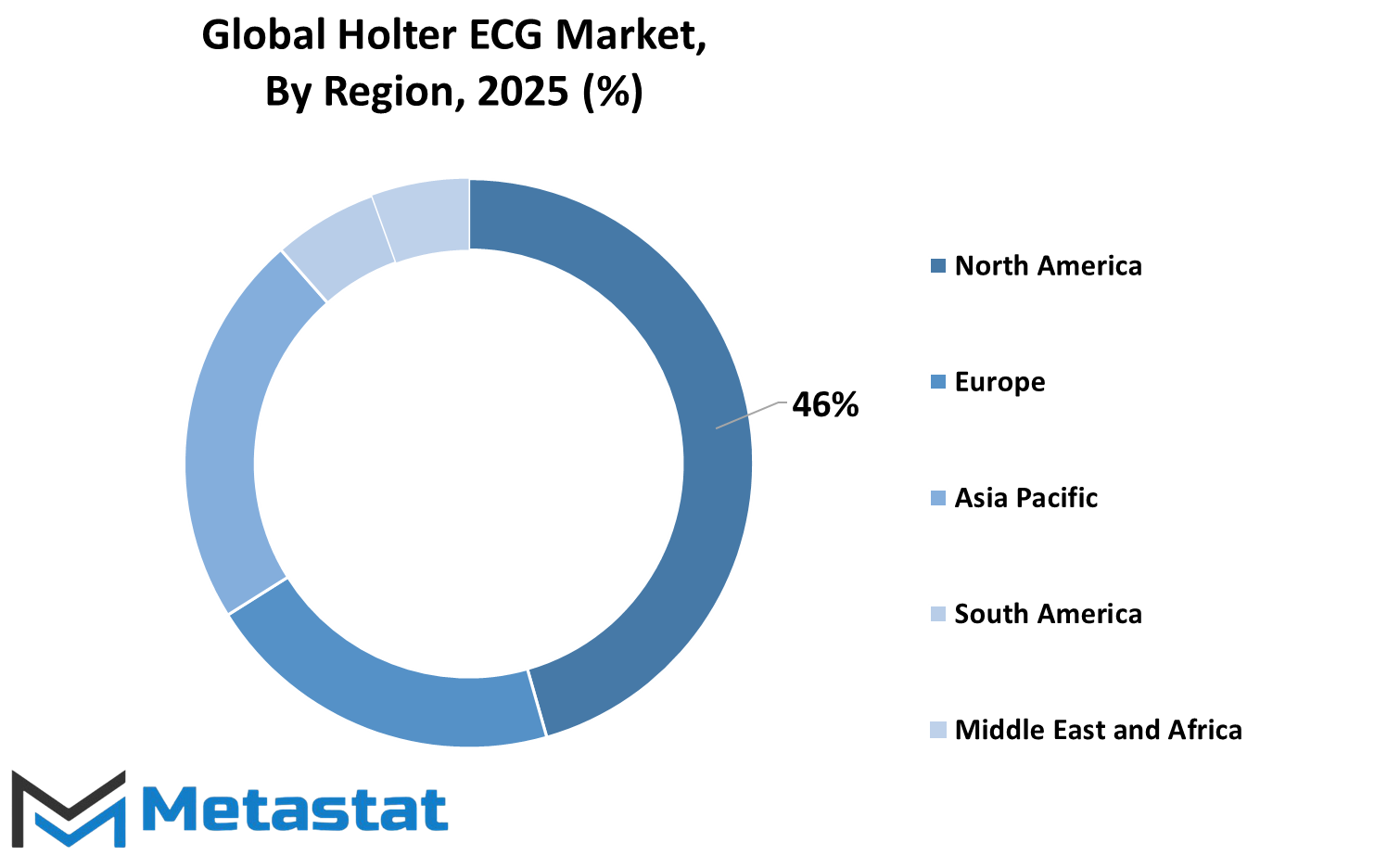
COMPETITIVE PLAYERS
The Holter ECG Market thus operates in its own environment in the healthcare value chain by being a prime developer and improver of some of the functions that provide critical diagnostic value in heart-related conditions. The holter ECG market is played by some of the major participants involved in its growth, improvement as such enriched innovations. GE Healthcare, a subsidiary of the General Electric Company, along with Philips Healthcare, a segment of Royal Philips, leads this show with its advanced Holter ECG solutions. They present technologies that allow the accurate monitoring of the heart, which applies in diagnosis and management of many cardiovascular conditions.
Also, Intermedical (UK) Limited specializes in delivering high-quality Holter ECG systems for healthcare providers. Also, Schiller AG, a significant player, is recognized for providing reliable and efficient equipment for heart monitoring. Fukuda Denshi Co., Ltd. also provides a significant part of the market by offering solutions regarding Holter ECG monitoring. The precision and user-friendly nature of these devices would help medical professionals deliver optimum care.
Nissha Medical Technologies and Nihon Kohden Corporation also have a significant market in Holter ECG. The former is mainly involved in the production of next-generation products that improve the diagnostic accuracy, while the latter constantly innovates to produce items that comply with the healthcare standards of the moment. Together with other companies like Comarch SA, SCHILLER Schweiz AG, or Spacelabs Healthcare, these are vital in advancing Holter ECG technology by offering devices indispensable to heart health monitoring.
Also count MicroPort Scientific Corporation and Hill-Rom Holdings into the list of active participants in the industry. While MicroPort Scientific Corporation is busy investing resources in developing more enhanced medical technologies, Hill-Rom Holdings, Inc. provides highly effective cardiovascular monitoring tools in its wide range of health care equipment.
BPL Medical Technologies rounds off the elite Holter ECG players. Most importantly, their concentration on the development and manufacture of healthcare devices created for themselves a revered name in the industry. As the demand for heart health monitoring devices grows ever larger, so will it be with these key players for years to come as they play their significant roles in the continuous innovation and development of the Holter ECG market. Each one of them continuously contributes toward the healthcare future in ensuring the provision of reliable and precise apparatus in diagnosis for heart health.
Holter ECG Market Key Segments:
By Device Type
- Wired Holter Monitors
- Wireless Holter Monitors
By Lead Type
- Patch Type 1 Lead Holter Monitor
- 3 Lead Holter Monitor
- 6 Lead Holter Monitor
- 12 Lead Holter Monitor
- Others
By Application
- Arrhythmia Detection
- Ischemia Monitoring
- ECG Analysis
- Others
By End-User
- Hospitals
- Clinics
- Ambulatory Surgical Centers
- Home Healthcare Settings
Key Global Holter ECG Industry Players
- GE Healthcare (General Electric Company)
- Philips Healthcare (Royal Philips)
- Intermedical (UK) Limited
- Schiller AG
- Fukuda Denshi Co., Ltd.
- Nissha Medical Technologies
- Nihon Kohden Corporation
- Comarch SA
- SCHILLER Schweiz AG
- Spacelabs Healthcare (OSI Systems, Inc.)
- MicroPort Scientific Corporation
- Hill-Rom Holdings, Inc.
- BPL Medical Technologies
WHAT REPORT PROVIDES
- Full in-depth analysis of the parent Industry
- Important changes in market and its dynamics
- Segmentation details of the market
- Former, on-going, and projected market analysis in terms of volume and value
- Assessment of niche industry developments
- Market share analysis
- Key strategies of major players
- Emerging segments and regional growth potential



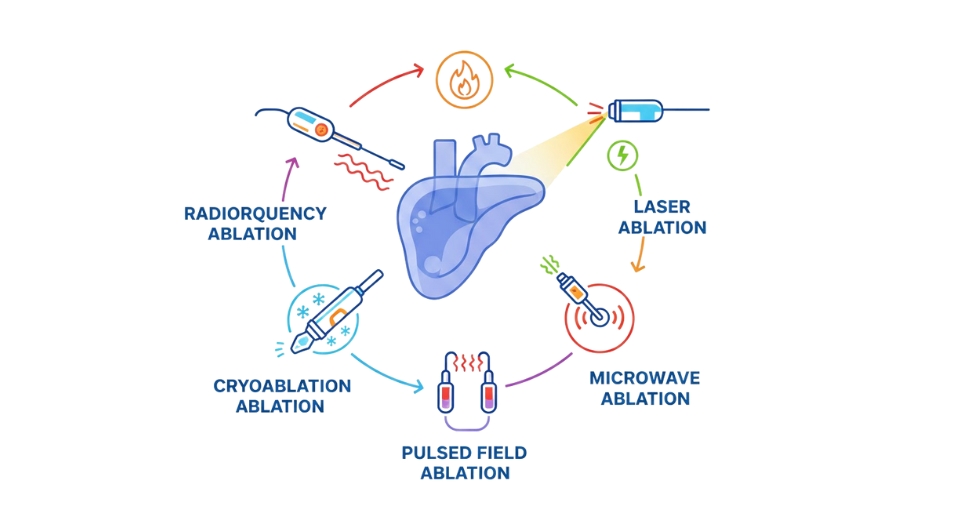

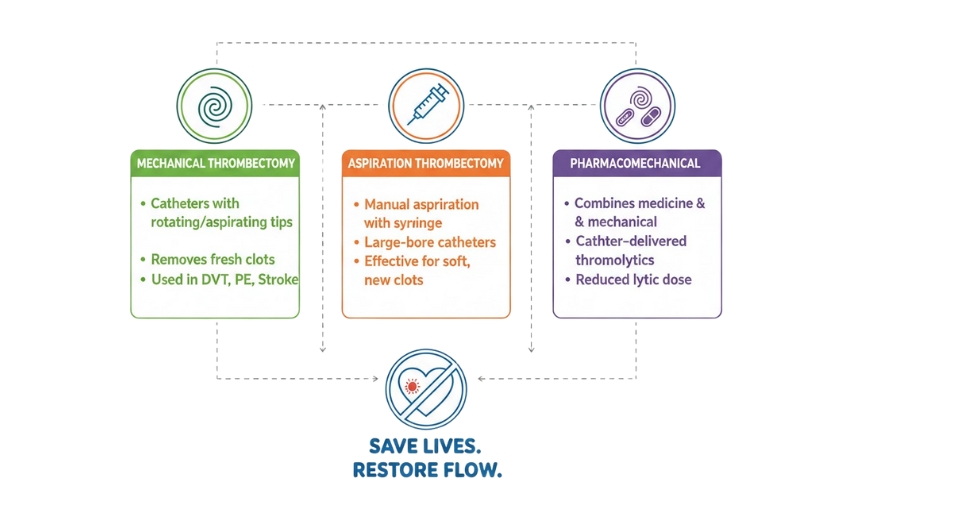
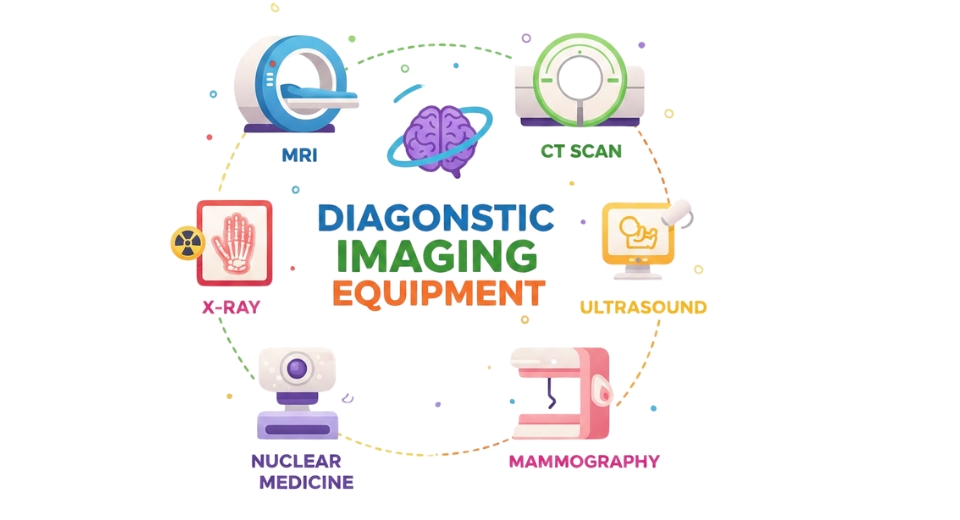

 US: +1 3023308252
US: +1 3023308252






